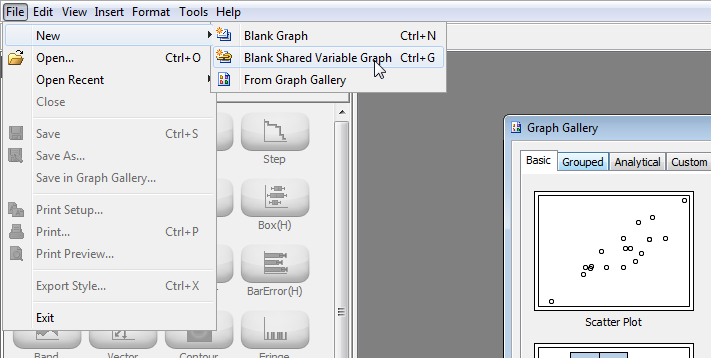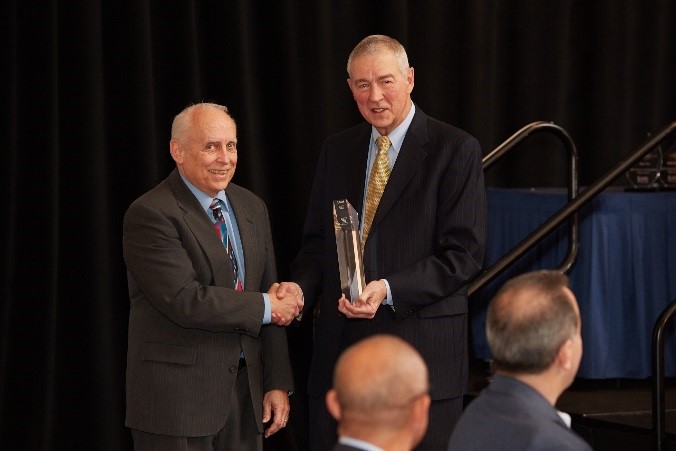
This post is from SAS Author Sanjay Matange. It's part of our SAS Author Tips series. Do you have a complex multi-cell graph created in ODS Graphics Designer that you’d like to reuse with different data? Ideally, you’d like to change the data without having to change the plots in each cell. The





